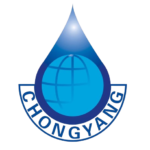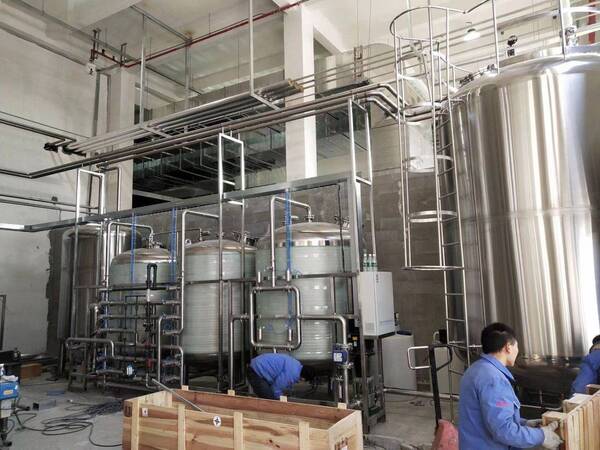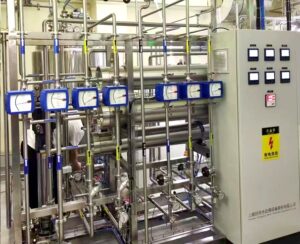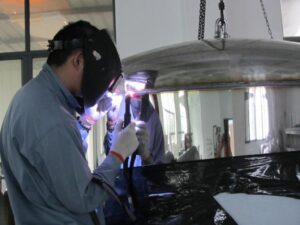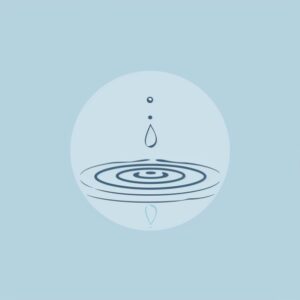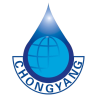Introduction
Proper installation of pharmaceutical water treatment equipment is essential to ensure system performance, regulatory compliance, and long-term reliability. A well-executed installation minimizes downtime, prevents contamination, and sets the foundation for successful operation. This article provides a comprehensive guide to the key steps and considerations for installing pharmaceutical water treatment equipment.
1. Pre-Installation Planning
1.1. Site Assessment
- Space Requirements: Evaluate the installation site to ensure sufficient space for equipment, maintenance access, and future expansions.
- Environmental Conditions: Assess factors like temperature, humidity, and ventilation to ensure they are suitable for the equipment’s operation.
1.2. Utility Connections
- Water Supply: Ensure a reliable and consistent water supply that meets the quality requirements for the specific treatment process.
- Power Supply: Verify that the site has adequate electrical capacity and that power connections comply with the equipment specifications.
2. Equipment Delivery and Inspection
2.1. Delivery Coordination
- Logistics Planning: Coordinate the delivery schedule to minimize disruptions and ensure that all components arrive intact and on time.
- Handling Precautions: Use appropriate handling equipment and procedures to prevent damage during unloading and placement.
2.2. Inspection Upon Arrival
- Visual Inspection: Check for any visible damage or missing components upon delivery.
- Verification of Components: Cross-check the delivered items against the packing list and equipment specifications to ensure everything is accounted for.
3. Installation Process
3.1. Positioning and Leveling
- Proper Placement: Position the equipment according to the design layout, ensuring that all components are accessible for maintenance and operation.
- Leveling: Ensure that the equipment is level and stable to prevent operational issues and uneven wear.
3.2. Piping and Connections
- Piping Layout: Follow the design specifications for piping connections, ensuring that all pipes are properly supported and aligned.
- Material Compatibility: Use materials that are compatible with pharmaceutical water standards to avoid contamination.
- Leak Testing: Conduct pressure tests on all piping connections to ensure they are leak-free before proceeding to operation.
4. Electrical and Control System Setup
4.1. Electrical Connections
- Compliance with Standards: Ensure that all electrical installations comply with local regulations and industry standards.
- Safety Features: Install proper grounding, circuit breakers, and emergency shut-offs as part of the safety protocol.
4.2. Control System Integration
- System Configuration: Set up and configure the control system, including PLCs, HMIs, and sensors, according to the system design.
- Calibration: Calibrate sensors and instruments to ensure accurate monitoring and control of water quality and system performance.
5. Initial Testing and Validation
5.1. Dry Runs and Functional Testing
- Dry Runs: Conduct dry runs to verify that all mechanical components operate smoothly without water.
- Functional Tests: Perform functional tests to ensure that all systems, including pumps, valves, and controls, work as intended.
5.2. Water Testing and Validation
- System Flushing: Flush the system to remove any debris or contaminants from the installation process.
- Water Quality Testing: Conduct initial water quality tests to ensure the system meets the required purity levels.
- Performance Qualification (PQ): Validate the system’s performance under operational conditions to confirm it meets all specifications.
6. Documentation and Handover
6.1. Installation Documentation
- Record Keeping: Document the entire installation process, including any deviations from the original plan and the results of all tests.
- As-Built Drawings: Update the system drawings to reflect any changes made during installation.
6.2. Handover to Operations
- Operator Training: Provide comprehensive training to the operators on system operation, maintenance, and safety procedures.
- Final Handover: Complete the handover process with a thorough review of the system’s operation and maintenance requirements.
Conclusion
The successful installation of pharmaceutical water treatment equipment is a critical step in ensuring the system’s performance, reliability, and compliance with industry standards. By following a structured installation process, you can minimize risks and set the stage for efficient, long-term operation.
